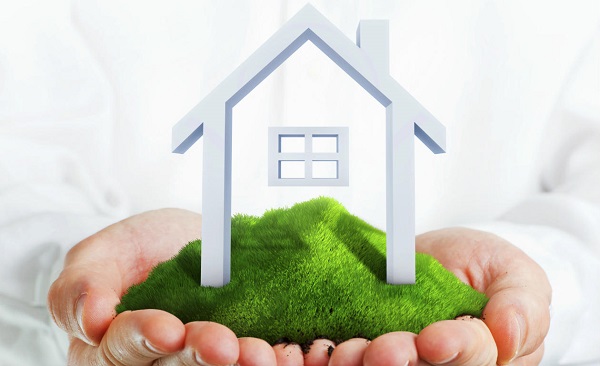A NEW GLOBAL APPROACH TO THE CONSTRUCTION SECTOR
 The actual pattern of building practices are guided by the economic considerations at short term, while the sustainable construction is based on pratices that increase the quality and efficience at long term at a bearable cost.
The actual pattern of building practices are guided by the economic considerations at short term, while the sustainable construction is based on pratices that increase the quality and efficience at long term at a bearable cost.
At each stage of the building’s life cycle, it is possible to increase the quality of life and comfort, simultaneously reducing the impact on the environment and increasing the economic sustentability of the project.
The sustainable construction adapted from the concept of sustainable development is base on three objectives: Environmental, Social and Economical.
- Environment: it is important to preserve and value our natural resources.
- Society: the mankind must be able to satisfy their need of food, energy, shelter, protection, work, etc.
- Economy: the economic development must be fostered and developing countries must have the opportunity to achieve the same quality of life and economical growing that developed countries have.
A building designed and built in a sustainable manner minimizes, during its long life cycle, its use of energy, water, raw materials, soil, etc.
During its cycle of life, a builing generates sort types of costs, such as:
- Direct costs, due to the materials and the construction, the current costs of maintenence and repair, the cost of the demolition, etc.;
- Indirect costs, related to environmental factors (pollution costs);
- Costs of use, such as water, gas and electricity.
Lowering short term costs does not always provides long term savings optimization. However, the investment, in terms of energy efficiency, will generate a saving in which is reflected in the recovering of the initial investment (recovery time between 5 and 15 years) and will continue to allow saving money in each year, while the building is still functional.
Thus, the construction of a sustainable building is one of the best investments you can make today.
BUILDING’s EVALUATION METHODS
The evaluation of buildings and their constructive methods may be way to complex due to the variety of the challenges started by sustainable construction. Therefore, there are specific tools to help measuring and evaluating the results obtained by these buildings.
Nowadays, the interest for a “Green Construction” is growing all around the world. There are several excellent methods of environmental evaluation well documented, such as: the LEED – Leadership in Enegy and Environmental Design – at United States of America (USA), the BREEAM – Building Research Establishment Environmental Assessment Method – at United Kingdom (UK), the HQE – Haute Qualité Environnementale – in France and the CASBEE – Comprehensive Assessment System for Built Environment Efficiency – in Japan.
With the development of different national methods of evaluation, there is a clear need for coherence and consistency among all of them. So, it is essencial that the definitions and te evaluation criteria are common and the measures must be based in useful, clear and rigorous scientific arguments.
The ongoing European standardization work (CEN TC 350-2) is awaited to define the common rules that will make compatible national classifications and will promote the mutual recognizing of the various methods of environmental evaluation.



